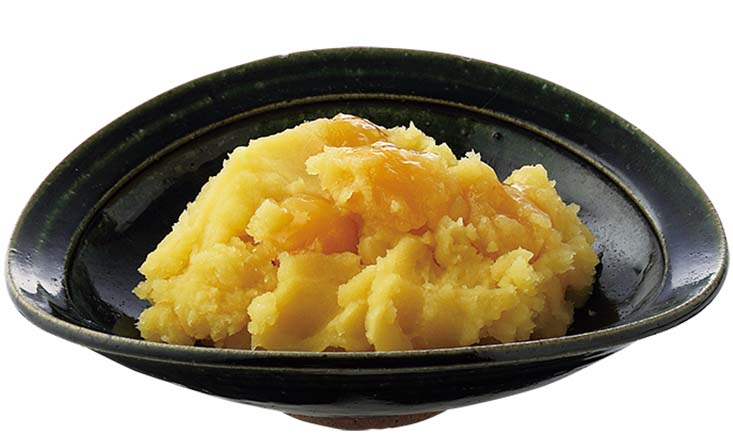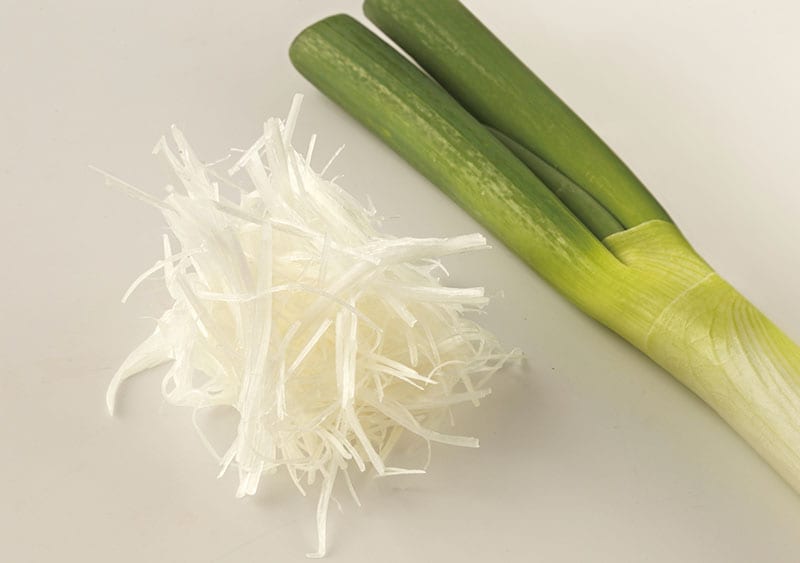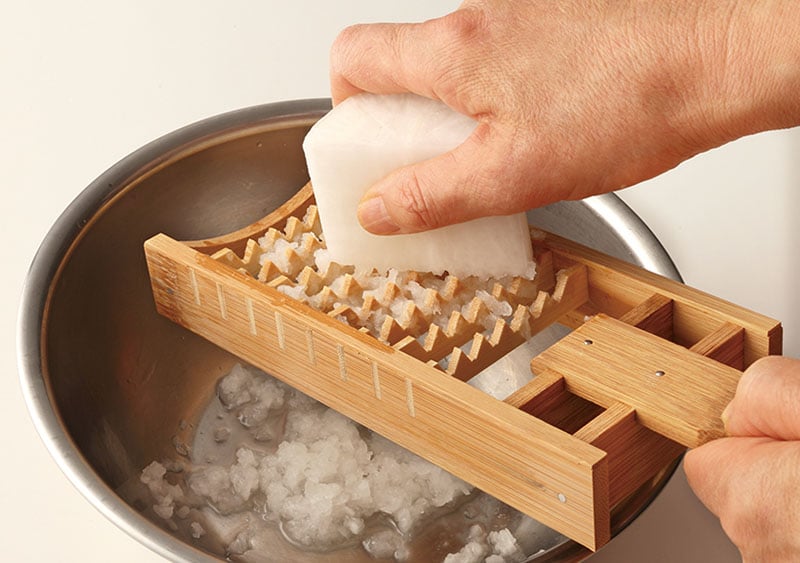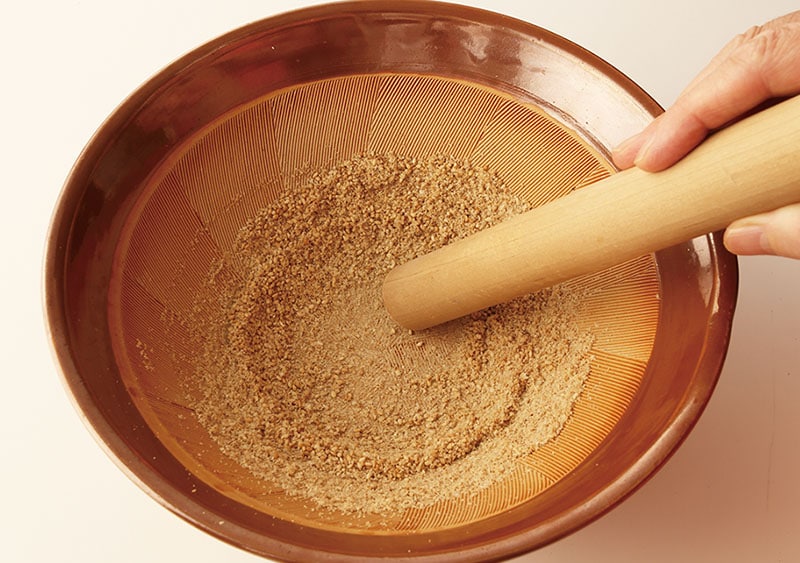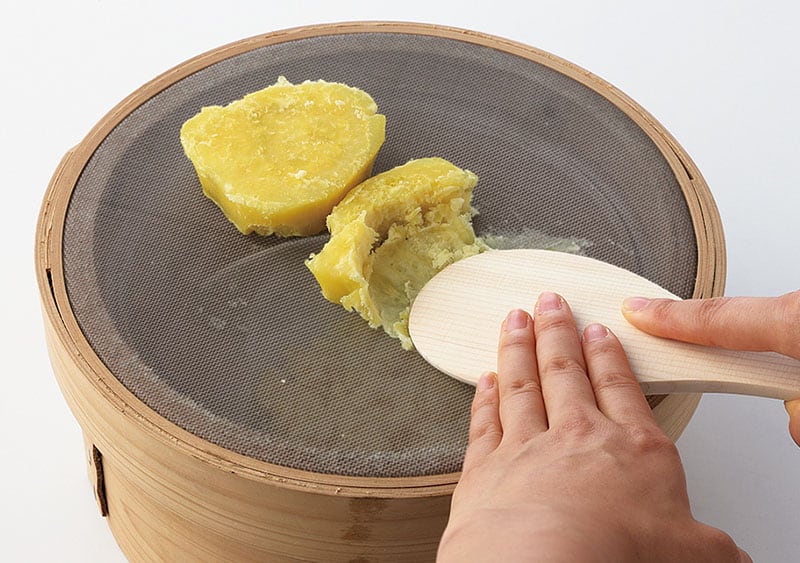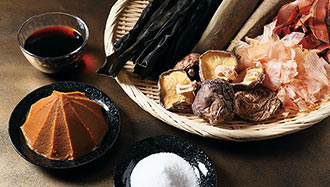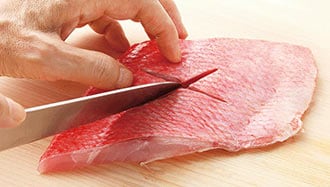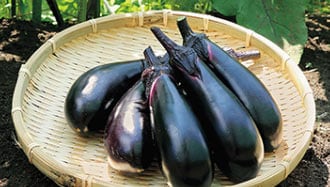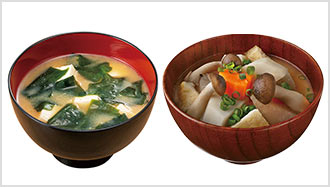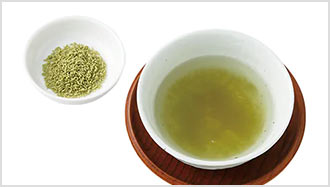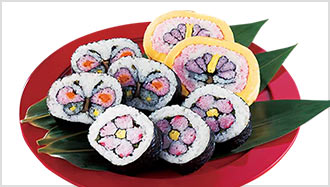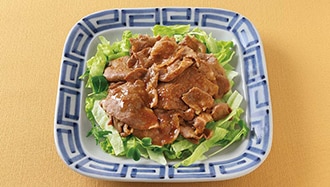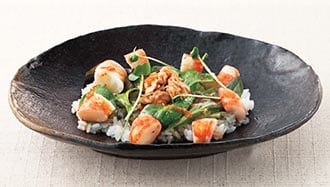Our overview of Japanese culinary techniques continues with puréeing.
Traditional Japanese puréeing involves pressing food with a spatula through a fine mesh sieve or strainer—an indispensable process when preparing Japanese dishes and confectionery, which often call for a delicate texture and elegant presentation. Japanese puréeing removes lumps and fiber for a smooth, creamy consistency. The sieve mesh is often made of stainless steel and comes in a range of sizes: the finer the mesh openings, the smoother and more consistent the purées. To purée using a mesh sieve, place it over a bowl and rub boiled or softened foods against the mesh with a spatula, pressing the food through the sieve into the bowl at the same time. This technique is often used when preparing sweet potato and tofu; for example, the traditional Japanese New Year’s dish of kuri kinton sweet potato paste with sweetened chestnuts.
Sweet potato
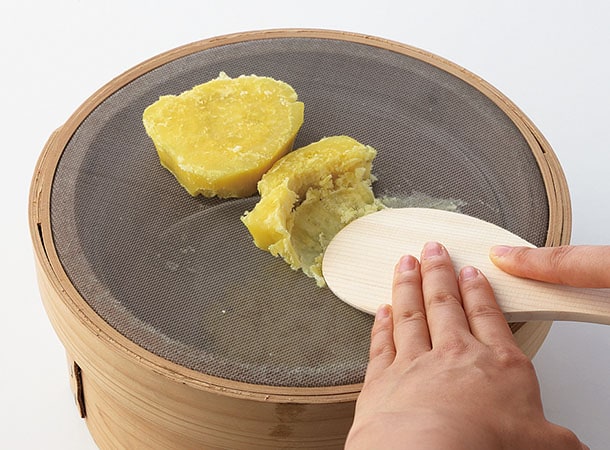
Puréed sweet potato becomes smooth as its fibers break down. It should be puréed quickly after boiling, as its starchy ingredients tend to harden and turn sticky as they cool, making it more difficult to pass through the mesh. Press small amounts of sweet potato at a time with the edge of a spatula, sliding it towards you.
Tofu
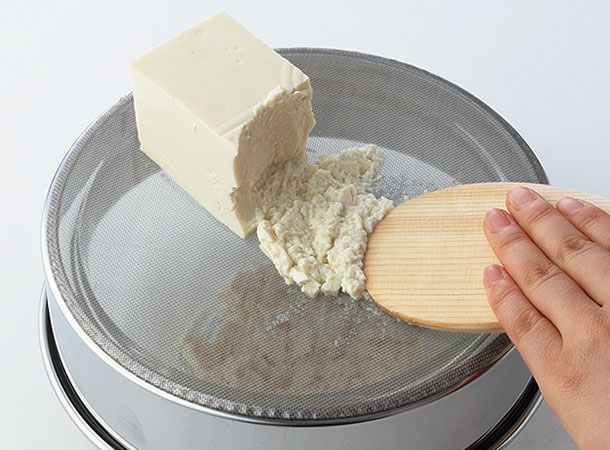
Place a small amount of drained tofu on the sieve and press through the mesh. The tofu becomes velvety and consistent when puréed, making it easier to mix with other ingredients. Creamy puréed tofu is typically used to make shira-ae vegetable dishes dressed with seasoned tofu and ground sesame seed.
